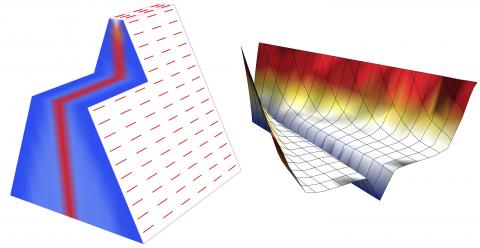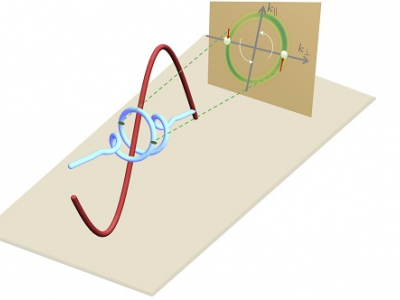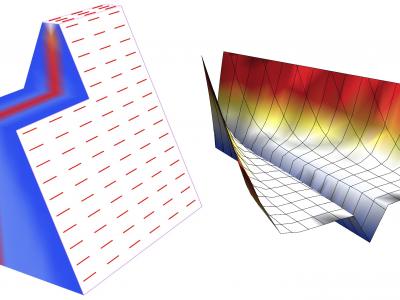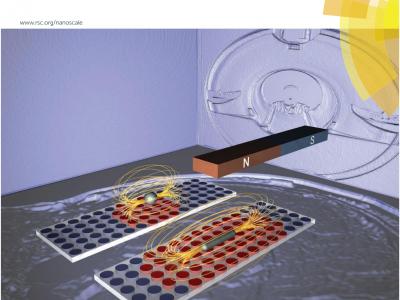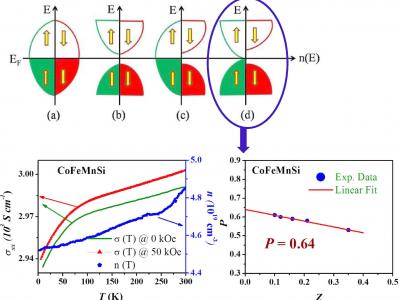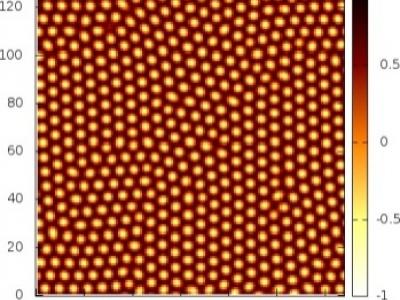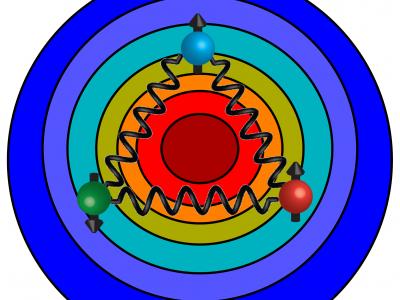2D Electron Gas in Polar Semiconductor Wedges
A novel route to achieve two dimensional (2D) carrier confinement in a wedge shaped wall structure, made of a polar semiconductor, has been demonstrated theoretically. Tapering of the walls along the direction of the spontaneous polarization leads to the development of charges of equal polarity on the two inclined facades of the wall. Polarization induced negative (positive) charges on the facades can push the electrons (holes) inward for a n-type (p-type) material which results in the formation of a 2D electron (hole) gas at the central plane and ionized donors (acceptors) at the outer edges of the wall. The theory shows that this unique mode of 2D carrier confinement can indeed lead to a significant enhancement of carrier mobility. And it has been found that the reduced dimensionality is not the only cause for the enhancement of mobility in this case.
The advantage of the 2DCG formed this way over conventional heterostructure-based 2D systems is the significant suppression of ionized impurity scattering, as a result of the natural separation of the carrier gas from the ionized impurities. A unique feature of this 2D channel is its ability to be formed in a plane perpendicular to the growth plane. One can envisage to fabricate large number of parallel 2D channels out of a single semiconducting film grown along its polarization direction using a suitable lithographic and etching technique. This may offer an opportunity for large scale integration of 2D devices in future


